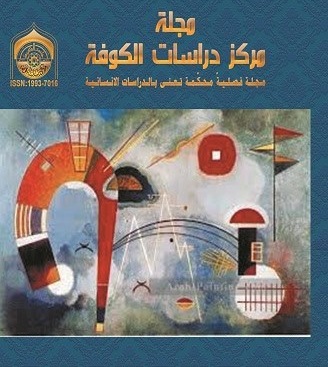النشاط الفكري والسياسي لمحمود الطالقاني في ايران 1941 - 1948 م
DOI:
https://doi.org/10.36322/jksc.v1i60.62Keywords:
لا يوجدAbstract
The year 1942 beginning for a Talqani in the midst of political and intellectual conflicts in Iran and was a reaction to the spread and influence of communist ideology within the circles of Iranian society, as it realized Mahmoud Taleqani magnitude of the challenges facing the Iranian society, especially as he became Square ground for the penetration of physical ideas, especially communism, so kick Talqani with other religious scholars to address these ideas and prevent it from penetrating into the minds and the minds of the community, especially the younger ones because of the weakness of religious consciousness, and it was the Koran means used by Talqani to influence these young people where he tried to simulate the minds of young people by following the methods of more modern interpretation of the Koran and understand its meaning High did not stop at the previous interpretations of scholars, but also tried to give a consistent interpretation of recent developments witnessed by the world, including Iran. Use Talqani Koran and interpreted as a means to counter intellectual propositions that came out of communism, which tried to discredit the ability of religion to rid the Iranian society of its problems, and hired Talqani in the face of this thought also academic expertise, including the engineer Bazargan, who became his closest friends and continued cooperation between the two long decades tried Talqani of through this collaboration to send a message that there is no intersection between religion and modern science Each has his job in life exercised in order to serve the people.
Downloads
Downloads
Published
How to Cite
Issue
Section
License
Copyright (c) 2022 Kufa Studies Center Journal

This work is licensed under a Creative Commons Attribution 4.0 International License.
Permit others to distribute and copy the manuscript, to create extracts, abstracts, and other revised versions, adaptations, or derivative works of or from the manuscript (such as a translation), to include in a collective work, to text or data mine the article, even for commercial purposes, as long as they credit the author(s), do not represent the author as endorsing their adaptation of the article, and do not modify the article in such a way as to damage the author''''s honor or reputation. Further details are found at Creative Commons Attribution 4.0 International (CC BY 4.0)






























